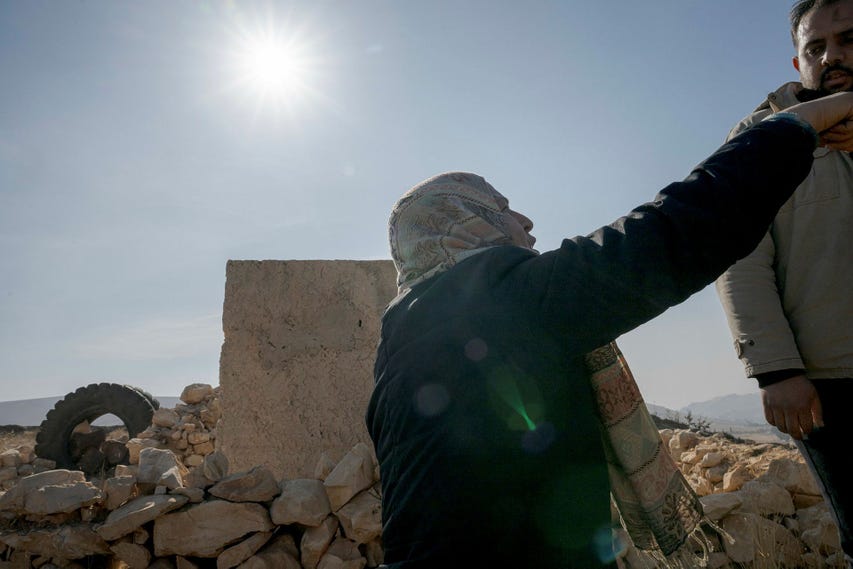Desperate Search for Loved Ones at Saydnaya Prison
Families unite in a desperate search for loved ones at Saydnaya Prison, confronting the horrors of the Assad regime with hope and resilience.
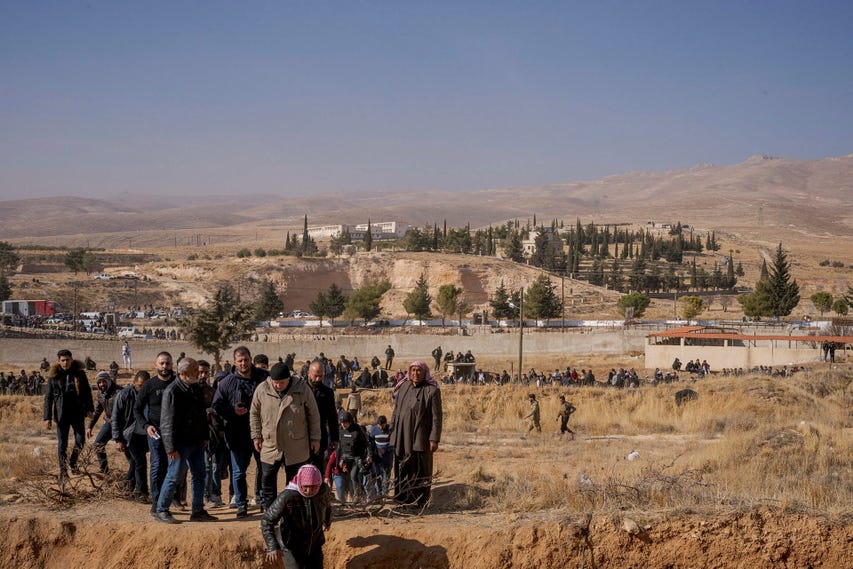
Key Points
- Thousands of families gather at Saydnaya Prison, driven by hope and anguish in their search for missing loved ones detained by the Assad regime.
- Saydnaya Prison, known as a "human slaughterhouse", symbolizes the brutal repression experienced by detainees subjected to systematic torture and execution.
- Despite the absence of clear evidence about the fate of their loved ones, families show resilience and solidarity in confronting the horrors of the past.
The recent fall of
's regime has sparked a wave of hope among many Syrians, yet it has simultaneously unveiled profound anguish. As families wait with bated breath, they are coming together for one common purpose: the desperate search for their missing loved ones imprisoned in Saydnaya Prison, a place synonymous with horror and despair.
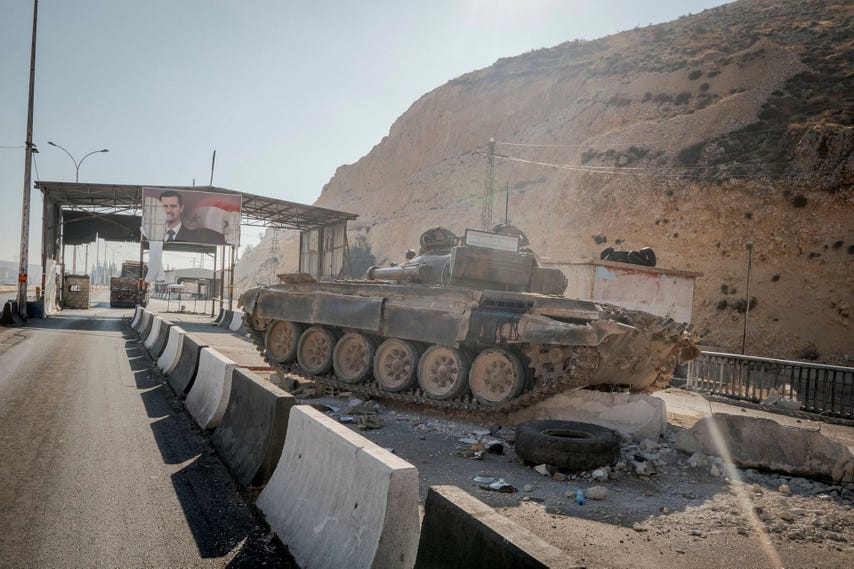
Over the years, Saydnaya, often described as a "human slaughterhouse", has become a symbol of the brutal repression and the ruthless tactics of the Assad regime. This notorious facility, located just outside
, is believed to have held tens of thousands of detainees, many of whom faced unimaginable torture, execution, and forced disappearances. The quest for clarity surrounding the fate of these individuals often feels like a haunting journey through a maze of pain and uncertainty.
A Chaotic Scene of Hope and Despair
In the wake of a recent military upheaval, throngs of people, driven by anguish and hope, are flocking to Saydnaya. Families, bearing signs with names and photographs of their lost loved ones, scramble through the dusty, dimly lit halls. The atmosphere is charged with emotion, as individuals cry out for family members they have not seen in years. Grief-stricken mothers and fathers join in a collective chorus of sorrow, longing to reunite with children who vanished in the dark clutches of the regime's prisons.
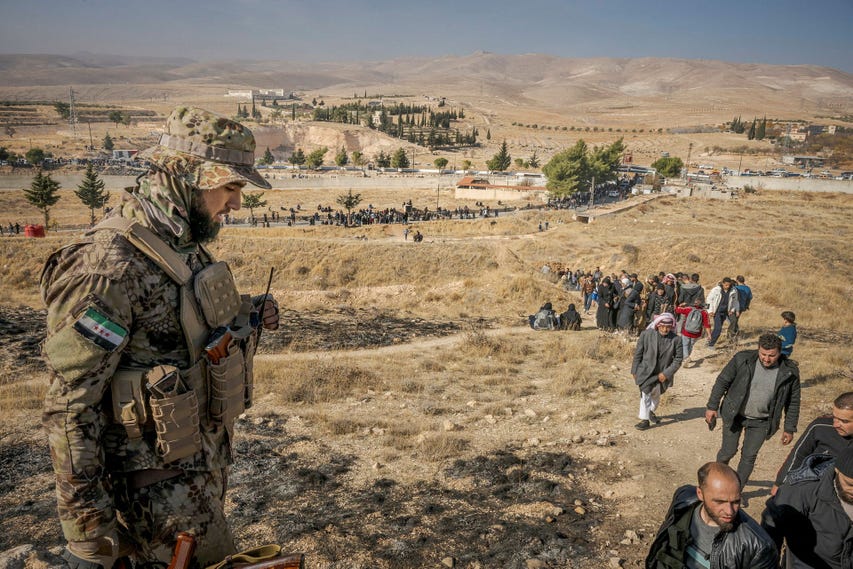
One mother, Rana Aankir, has spent the past thirteen years searching for her son, Raed, who was taken at the age of 16 during a protest. Each day, she immerses herself in the chaotic atmosphere of the prison, sifting through documents left behind in the hope of finding any shred of information about his fate. The emotional weight of her situation reflects a broader narrative experienced by countless families still trapped in the grips of uncertainty.
Unraveling the Mystery of Saydnaya Prison
The revelations surfacing from Saydnaya have brought to light the extent of suffering endured by those who crossed paths with the Syrian regime. A 2017 report by
estimated that between 5,000 and 13,000 individuals were executed extrajudicially in the prison during its years of operation. Furthermore, accounts from former detainees reveal systematic torture techniques that include electric shocks and beatings. This public knowledge of atrocities has only fueled the fervor among families as they seek resolution.
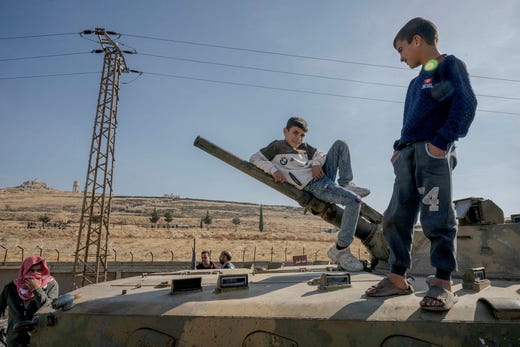
As the rebel forces gain control, memories of unfathomable grief and relentless hope entwine at Saydnaya. For many families, the prison represents more than just a physical space; it embodies the unresolved narrative of loss. Stories, such as that of Ahmed Najjar, underscore this poignantly. He journeys from
, searching for his brother's children who were taken in 2012. Like many others, he is drawn to the prevailing myth that thousands still lie imprisoned in underground cells, hidden from view.
Community Resilience Amidst Heartache
The outpouring of emotion at Saydnaya outshines the bleakness of the previous years. Families gather not merely to mourn, but to seek solidarity and solace in shared experiences. They embody resilience, determined to confront the remnants of the regime's brutality head-on. Activist groups, such as the White Helmets, are coordinating search efforts, working tirelessly to sift through clues left behind, despite skepticism and despair about finding missing persons.

While the road ahead remains fraught with uncertainty and potential risks, many now harbor a flicker of hope that the truth about their loved ones may finally come to light. Although evidence may be scant, the collective search for information can unite people and fuel a movement to seek accountability for those responsible for the heinous acts committed in the name of governance.
The sentiments resonate widely as families refuse to accept the possibility of permanently losing their loved ones. They persistently search for answers amidst the chaos, embodying strength while honoring the enduring spirit of those who have suffered under Assad's regime. As the nation begins a new chapter, perhaps the healing will come through acknowledgment and the reclamation of lost narratives.
